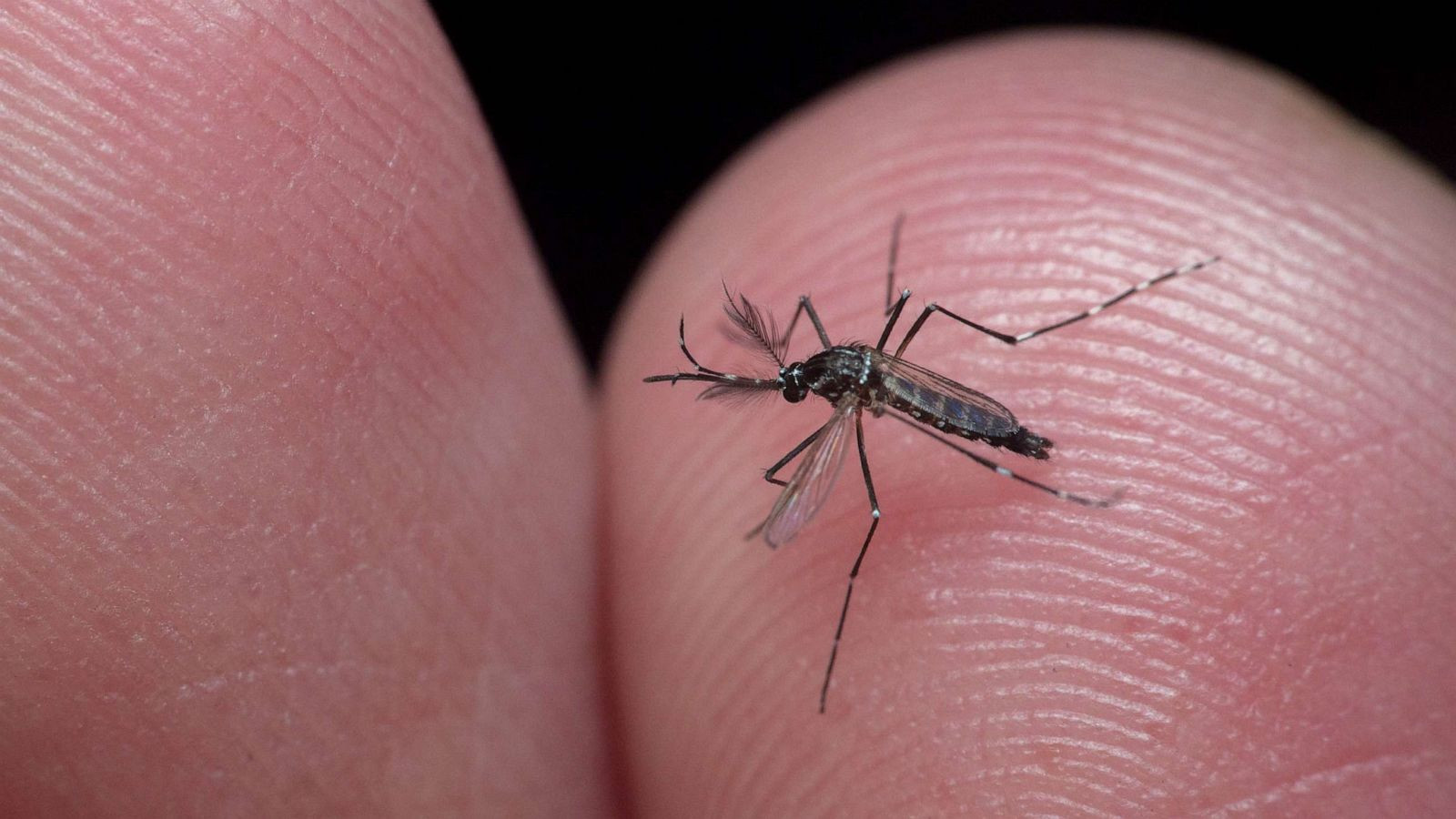As our planet continues to warm, mosquitoes are slowly migrating to higher altitudes, bringing malaria to populations unaccustomed to dealing with the potentially deadly disease.
From the tropical highlands of South America to the mountainous but populated areas of eastern Africa, the researchers documented that insects often begin to live in higher altitudes that are too cold for them. A recent Georgetown University study found that insects move upwards at a rate of about seven meters per year in sub-Saharan Africa.
“The link between climate change and expansion or change in mosquito distributions is real,” said Doug Norris, a mosquito expert at the Johns Hopkins Bloomberg School of Public Health.
It’s difficult to pinpoint exactly how these shifting mosquito populations will affect certain populations, partly because humans are getting better at fighting malaria, Norris said.
Global deaths from the disease decreased by 27 percent between 2002 and 2021 as countries used pesticide-treated nets, antimalarial drugs and testing. Eighteen million doses of a new malaria vaccine will be distributed in Africa over the next two years.
However, this situation causes the world to face new threats. For example, US health officials say the first malaria cases in the US since 2003 were reported in Florida and Texas in May and June, and that an invasive mosquito species is likely behind malaria spikes in Djibouti and Ethiopia. World Health Organization officials wrote in their latest global malaria report that climate change poses another emerging threat.

It can easily be said that scientists agree that mosquitoes are on the move.
A study published in 2016 found that the habitat of malaria-carrying mosquitoes has expanded by hundreds of square kilometers in the high reaches of Kilimanjaro in just 10 years. As a result, the densely populated region faces new risks from malaria, according to research findings, especially because the population has not been exposed to this disease much before. Also, this study found that there are fewer mosquitoes at warmer lower altitudes.
“As we heat up at higher altitudes with climate change and all these other environmental changes, mosquitoes are able to survive higher up in the mountain,” said Manisha Kulkarni, a professor and researcher at the University of Ottawa who studies malaria in sub-Saharan Africa.
Jeremy Herren, who studies malaria at the Nairobi-based International Center for Insect Physiology and Ecology, said there is evidence that warming temperatures are affecting where mosquito populations choose to live. But he said it’s difficult to make comprehensive predictions about how this will affect the spread of malaria.
The researchers say that while mosquitoes are very picky about their habitats, the larvae generally grow faster in warmer places.